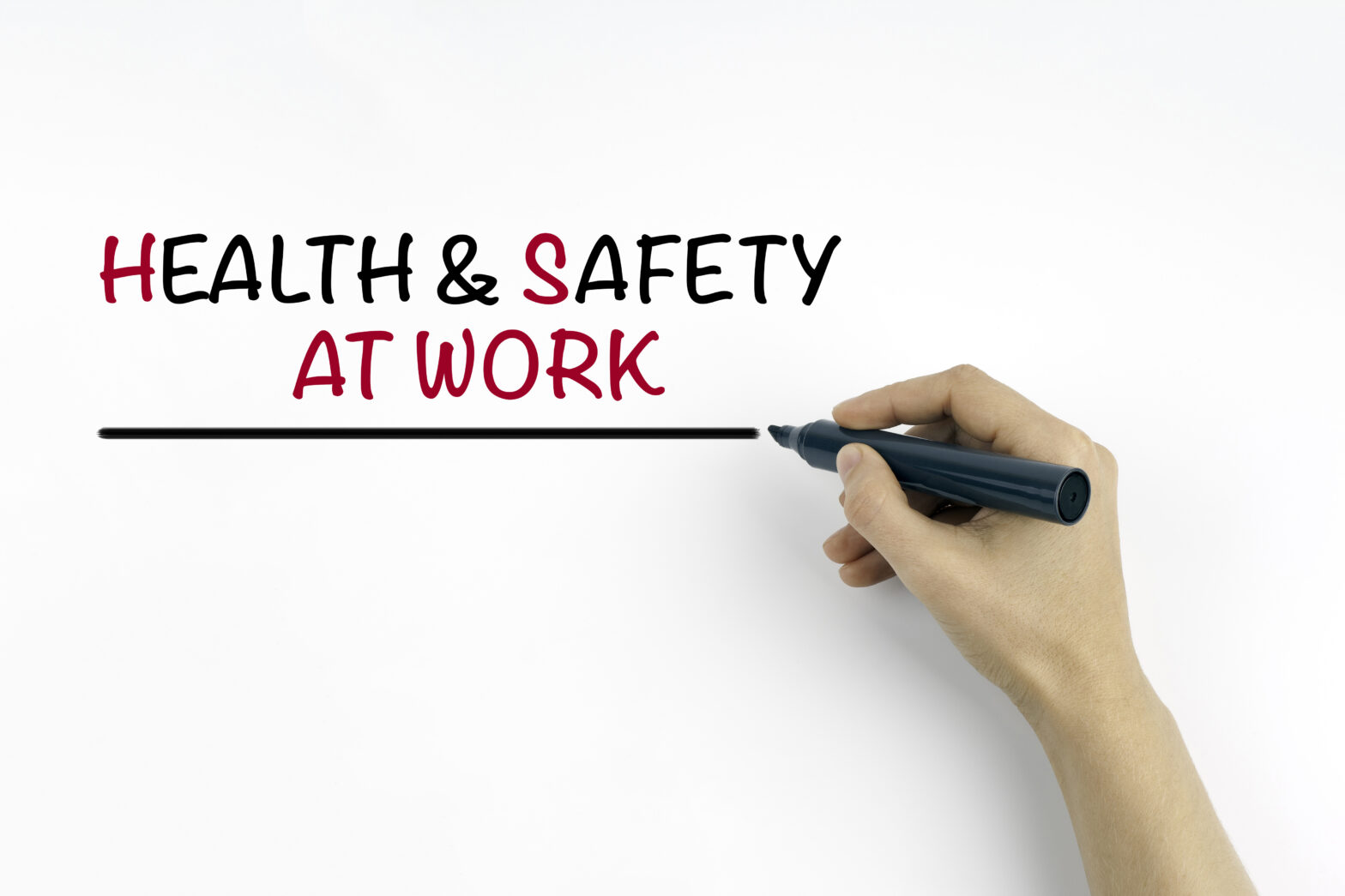The Health and Safety (Offences) Act has just come into force, raising the maximum fine for health and safety breaches to £20,000 (previously £5,000). Under the new regime, serious violations could even result in imprisonment.
Marina Hall, financial director of PR company PHA Media, believes a lot of health and safety is a matter of common sense: ‘I don’t have a problem with the increase in fines, but I do feel that all the procedures that companies have to go through create an onerous burden. I find it almost an insult to assume we might ever put our staff in danger.’
Grahame Clarke, director of health and safety at HR consultants Hornet Solutions, advises that the first thing companies should do in order to avoid falling short of the law is to assess the general premises. ‘It should simply involve walking around and identifying what is likely to cause a problem,’ he says.
This includes looking for hazards that could reasonably be expected to result in significant harm, such as fire risks or poorly maintained floors or stairs. ‘It’s also a good idea to consult with members of staff so you don’t miss anything when drawing up the list,’ Clarke adds.
The next step, Clarke says, is to identify who might be harmed. Individuals don’t need to be named, just the groups who could be affected, for example, office staff, maintenance personnel or members of the public.
It is important to pay attention to people who may be more vulnerable in the team, like staff with disabilities or lone workers.
Brian O’Halloran, managing director at health and safety consultancy BOH&S Safety Solutions, says that once the hazard has been noted, the first step should be to see how it can be removed. ‘A simple example would be to replace hazardous cleaning products,’ he says.
If the identified risk cannot be removed, then measures need to be taken to make harm unlikely.
Risk assessment tips:
Keep records
In the event of an action for civil liability, it is important to document your findings on a risk assessment form. The document will help your defence if an HSE inspector asks what precautions were taken.
Reassess
Risk assessments do not stop once the procedure has been completed. BOH&S Safety Solutions’ O’Halloran advises a review at regular intervals, so that any new hazards can be identified. ‘I would advocate that one is taken out every 14 months. Attention should also be paid to how seasonal changes may affect risks,’ he adds.






